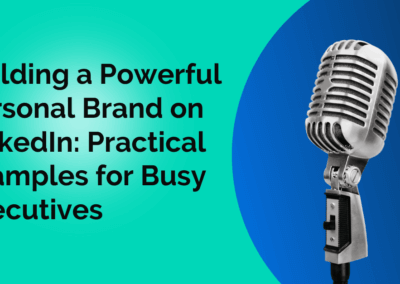Research shows that 93% of companies that have adopted inbound into their organizations have seen an increase in lead generation. And that’s great! Except that as your number of leads increase, the time you can spend contacting and sorting each individual lead dwindles—which is why it’s important to have an established lead scoring process in place, with the help of marketing automation software.
In fact, some other research shows that 68% of B2B marketing teams already score their leads using both behavioral and demographic scoring, which is also great! However, that same research shows that not all of these teams are using lead scoring, or their marketing automation software, as effectively as possible.
So here’s a quick list of 6 questions you may want to ask yourself about your own lead scoring process. The answers to these will provide you with some helpful tips for lead scoring for HubSpot, in order to ensure that you are getting the most out of the software.
1. Do you even have a lead scoring process?
Though the answer to this question should be “yes,” there’s a chance you may fall into that 32% of B2B marketing teams that don’t utilize lead scoring. If that’s the case, there’s no better time to get started on one than now. Lead scoring allows your Marketing and Sales teams an opportunity to work together to define which actions your web visitors take that qualify them as leads, to decide when to pass leads from Marketing to Sales, and, in the end, it saves both teams time by highlighting which leads should be prioritized over others.
2. Do you have a lead scoring threshold?
Fantastic, you’ve made it to Question 2! This means you do have a lead scoring process, and that you’ve probably got marketing automation software to help you through it. So do you have a lead scoring threshold? A score that, when reached, will automatically route leads over to Sales? By setting one of these within your software, after your Sales and Marketing teams agree on where the threshold should be, you’ll avoid missing the handoff ever again—your marketing automation will pass off the lead at just the right time, right when they’re showing a strong interest in your brand.
3. What actions or pages hold a higher value in your scoring?
Just as some of your leads are better than others, some actions leads take or pages leads visit should hold a higher value in your scoring process. Sure, every required field on a form could be worth a point in your scoring system—but what if your visitor includes a phone number, which wasn’t required on that form? This may indicate that they are more ready to buy than other visitors, which might just warrant an extra point or two. And what if a lead visits your contact or pricing page? This behavior might indicate more readiness than a visitor who never gets passed your blog, and might also warrant some extra credit.
4. Are you using negative scoring or score degradation?
If you’re not, your scores or rankings may be inflated or outdated. In a number of marketing automation software programs, including HubSpot and SharpSpring, you have the option to implement a scoring reduction model. For example, if a lead hasn’t visited your website in 8 weeks, should they still be considered a hot lead because of the interest they showed 2 months ago? In this scenario, points can be deducted or reduced by a percentage, which would prevent a member of your Sales team wasting their time on a someone who may have taken their business elsewhere.
5. Are you over-assigning points?
If you are, this can also cause your scores to be inflated. Though email marketing and workflows are inherent to the inbound process, not every occasion a lead opens an email warrants a point. Depending on your marketing automation software, you may be able to award a point just for the first email they open, as this may indicate a beginning interest in your company. However, if they’re simply opening your emails without performing a click-through (a better indicator of their interest and more deserving of a point), they can rack up points they may not deserve, which can lead to your teams wasting their efforts on leads not ready to buy.
6. How else do you use lead scoring to qualify your leads?
Based on your own company’s lead preferences, do you assign more points for certain job functions? Whether your lead is in B2B or B2C? Depending on their industry or budget or location? Any of these which are especially important to your own business model can be awarded additional points, ensuring that the right leads get passed along to your Sales team. Additionally, most marketing automation software can also sync with your social media accounts. If a lead is also engaging with these accounts, that may indicate even more interest in your brand.
Whether your company has been utilizing inbound for 2 months or 2 years, asking yourself these questions and making sure that your lead scoring process is not only in place, but as efficient and effective as possible, will ensure that your teams will keep moving in the right direction.
{{cta(‘a7a955ac-f92d-4b70-b4b6-0b0f93f7819c’)}}



